Ryan Singh, Director, Temple Scott Associates
Election 44 is widely being labelled as a “status quo election” because of how little the number of Members of Parliament (MPs) elected for each party changed from the prior Parliament. However, if you scratch below the surface, you will discover that the 44th Parliament will have several significant differences from the last term.
When Parliament resumes, and that could be anytime “before the end of fall,” according to Prime Minister Trudeau, 52 newly-elected MPs will take their seats in the House of Commons (or in their living room, attending virtually) for the first time. That is a turnover of approximately 15 percent. With the arrival of those 52 new MPs, the upcoming Parliament will be one of the most diverse in Canadian history.
Moreover, many of those new MPs are from under-represented communities. Lack of diversity in Parliament is a longstanding issue. The composition of previous Parliaments has not kept pace with the increasing diversity of the Canadian population. However, the candidates in Election 44 were the most diverse ever and, as a result, the new Parliament has representation for many minority communities.
Minorities in the Minority Government
Women MPs – The 43rd Parliament was marked by the milestone of having 100 female MPs. The upcoming Parliament will set a new record with 103 female MPs (30.5%). The Liberal Party contingent of female MPs will increase from 52 to 57, and the NDP contingent will increase from 9 to 11. The Conservative Party and the Bloc Québécois remained at 22 and 12 women MPs, respectively, and the Green Party’s sole women MP was re-elected.
The topic of gender equality in the House of Commons gained increased attention when Prime Minister Trudeau introduced the first gender-balanced Cabinet in 2015. Recently, the Prime Minister announced that Chrystia Freeland, the first female Minister of Finance, will retain that role in the new Government. However, the Prime Minister must replace four outgoing female Ministers, after Catherine McKenna (infrastructure and Communities) did not run again and Bernadette Jordan (Fisheries and Oceans), Maryam Monsef (Women and Gender Equality) and Deb Schulte (Seniors) all lost their seats.
With more women in Parliament, especially among the Liberal benches, Trudeau will have no shortage of talented and capable women from whom to choose. Still, he may need to increase the size of the Cabinet or remove some men from it to meet his commitment to gender balance.
Indigenous MPs – The new Parliament will also include more elected representatives from Indigenous communities, with 12 Indigenous MPs. Nine of at least 77 Indigenous candidates in the election campaign were incumbents, and all successfully retained their seats, while three new Indigenous MPs were elected.
As Canada continues to mourn the finding of the remains of children in unmarked graves at residential schools across the country and recently observed the inaugural National Day for Truth and Reconciliation, those 12 MPs will ensure that the voices of Indigenous communities, and their truth regarding Canada’s history, will be heard inside as well as outside Parliament. Their presence in the House of Common signals that Canadians want to see further pressure to act upon reconciliation that will lead to greater action.
Black MPs – The new Parliament will also have more Black MPs than the previous one, which had only five Black Canadians as elected representatives. All of the incumbent Black MPs won re-election, and three newly-elected Black Canadians will join them.
With the global rise and recognition of the Black Lives Matter movement, along with an alarming increase in public acts of anti-Black racism in Canada, the arrival of more Black MPs is critical to this Government. Six of the eight Black MPs are Liberal, and so they should have a particularly prominent role in the Government’s work to combat anti-Black racism and find meaningful solutions to the systemic roots of that.
There are high expectations in the Black community that there will be increased Black representation in Cabinet. The contingent of Black Liberal MPs certainly offers a lot of new talent for Cabinet. In Federal Budget 2021 and its election platform, the Liberal Party made many commitments to the Black community, and the community is now expecting those promises to be kept. As such, greater representation of Canada’s Black community in the Executive Branch of Government is likely and will be needed.
LGBTQ2+ MPs – A record of eight openly LGBTQ2+ MPs were elected to the new Parliament, doubling the number from the previous Parliament. Xtra, a leading LGBTQ2+ news publication, identified 62 openly LGBTQ2+ candidates running for the major Federal parties in Election 2021, which was also a record. That demonstrated a shift by the major Federal parties to ensure better representation from the community.
That increase in LGBTQ2+ representation in the House of Commons comes at a pivotal time for the community. The voices of more LGBTQ2S+ persons in the House of Commons are very needed, as homophobia and transphobia continue to manifest across the country. In terms of policy changes, the Liberal Government has promised to reintroduce its bill to ban conversion therapy within the first 100 days of taking office, so look for that to be a legislative priority. Another issue that the Government will face pressure to address is the ongoing ban on blood donations by men who have sex with men. Despite the recent amendments to shorten the wait time for such donations, the Liberals have still not fulfilled their Election 2015 promise to eliminate this policy.
Racialized MPs – A record number of racialized (visible minority) persons (including Black Canadians) contested Election 44 – including the leaders of two of the major Federal parties. That resulted in a new record of racialized persons elected to the House of Commons, with 51 MPs representing the multicultural composition of Canada – that’s 15 percent of the House of Commons.
Within the Liberal Caucus, more than 30 percent of MPs identify as Black, Indigenous, or a person of colour, including the first Filipina to be elected in Canada. So, on the 50th anniversary of the policy of multiculturalism (introduced by Prime Minister Pierre E. Trudeau), Prime Minister Trudeau can choose from several MPs from a variety of backgrounds to sit in the new Cabinet, truly representing the cultural mosaic of the country.
Who to Watch For?
Of the 52 new MPs, there are a number of rookies to watch. These MPs will bring fresh perspectives and energy to the House of Commons. Below is a selection of six MPs that particularly merit watching.
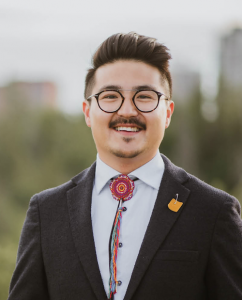
Blake Desjarlais (NDP, Edmonton Griesbach, AB) – The victory of Desjarlais was monumental for many reasons. Desjarlais is Métis/Cree and was raised in the Fishing Lake Métis Settlement. He is also the first openly two-spirit member of Parliament. Finally, Desjarlais represents one of three seats in Alberta that the Conservatives lost, increasing the NDP’s seat count in the province and the number of left-leaning Western MPs in the House of Commons.
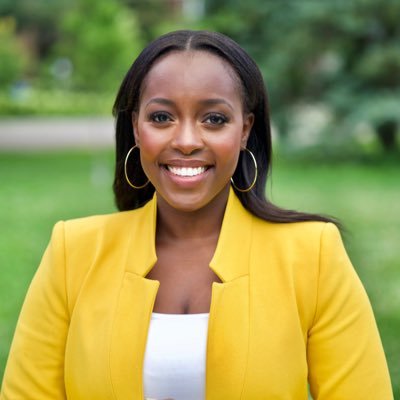
Arielle Kayabaga (LIBERAL, London West, ON) – At the age of 27, Kayabaga was elected to London City Council, and now she will serve her community as MP. Born in Burundi, Kayabaga’s family moved to Canada when she was 11 as refugees from the Burundian Civil War. Bilingual, female, and from southwestern Ontario, Kayabaga is a candidate for Cabinet, and she will be a prominent new voice in the House of Commons.
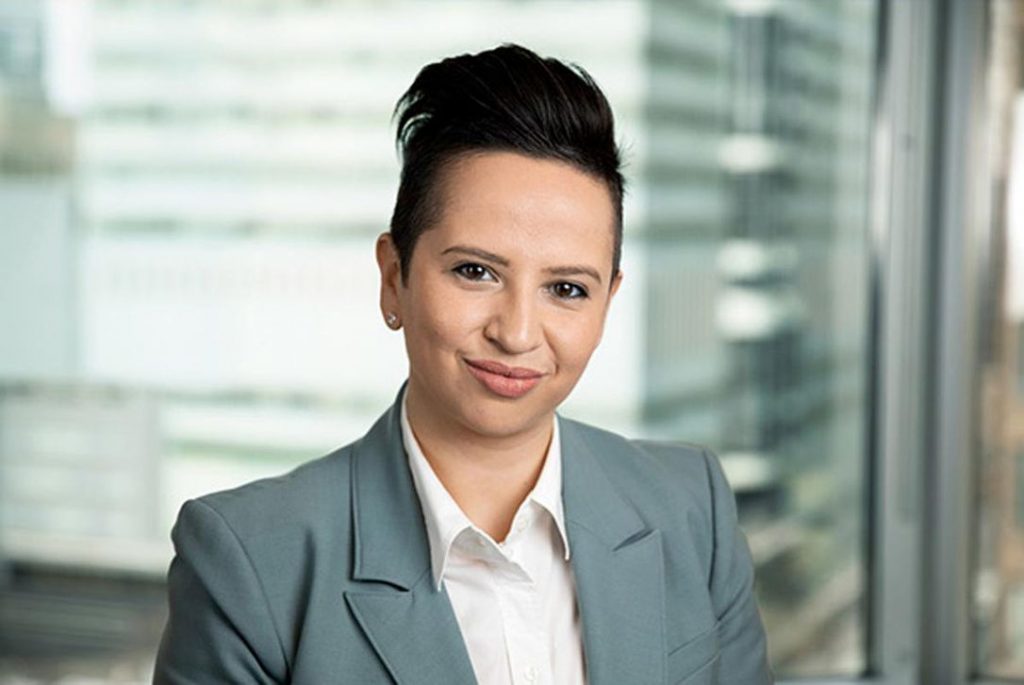
Melissa Lantsman (CONSERVATIVE, Thornhill, ON) – A former staffer in the Harper Government, Lantsman was elected in the GTA riding of Thornhill, one of few Conservative seats in that region. She will be the second openly gay Conservative MP. Lantsman’s political experience, and communication skills make her a candidate for the Official Opposition Shadow Cabinet.
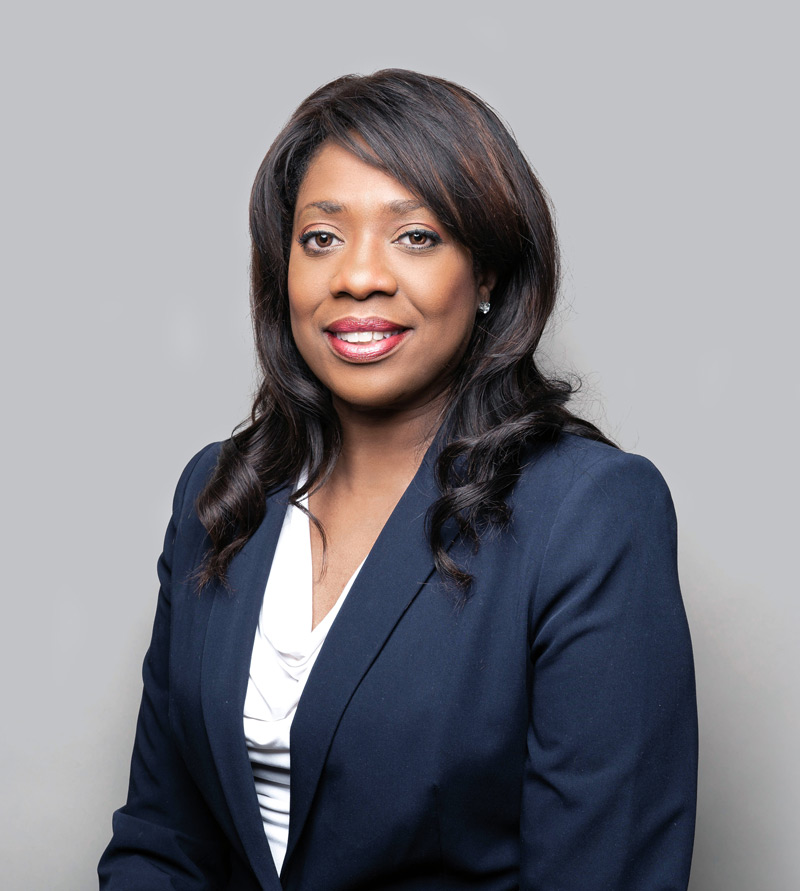
Leslyn Lewis (CONSERVATIVE, Haldimand—Norfolk, ON) – A breakout star during the most recent Conservative Party leadership race, Lewis is only the second Black Conservative MP and the first since 1968 when Lincoln Alexander (the first Black MP) was elected. Lewis represents a vital segment of the Conservative Party’s base – social conservatives. Her seat in the Conservative caucus will increase the Parliamentary representation of Canadians who share similar values.
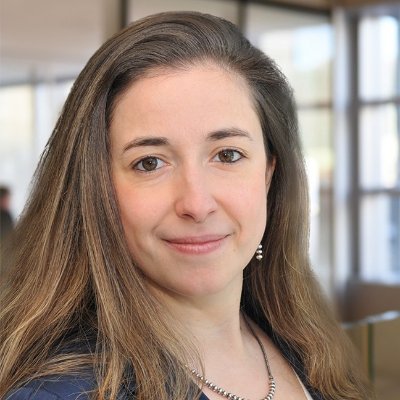
Nathalie Sinclair-Desgagné (BLOC QUÉBÉCOIS, Terrebonne, QC) – Holding the Terrebonne seat for her party, Sinclair-Desgagné will bring new experience and more gender diversity to the Bloc caucus. An Oxford graduate, she’s worked as an economist at the City of Montreal and Deloitte. The Bloc was the first party to name a Shadow Cabinet (even before the actual Cabinet), and Sinclair-Desgagné was made responsible for Public Accounts and Pandemic Programs, which will make her a high-profile spokesperson during the remainder of the COVID-19 pandemic.
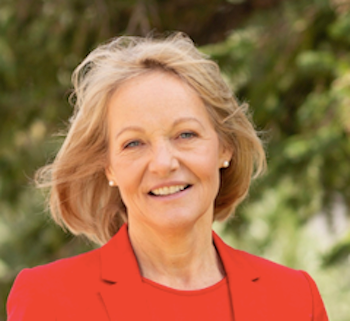
Leah Taylor Roy (LIBERAL, Aurora—Oak Ridges—Richmond Hill, ON) – Roy regained the York Region seat for the Liberal Party, which they lost when the MP crossed the floor to the Conservatives. A Harvard graduate who has worked for the World Bank and at McKinsey & Company, she is a contender for a Cabinet post.
Why Does This Matter?
Parliament and Cabinet can best serve the people of Canada when they reflect the diverse nature of the population. With a more diverse composition, the hope is that our 44th Parliament will ensure that issues facing underrepresented communities will be discussed, heard and addressed.

